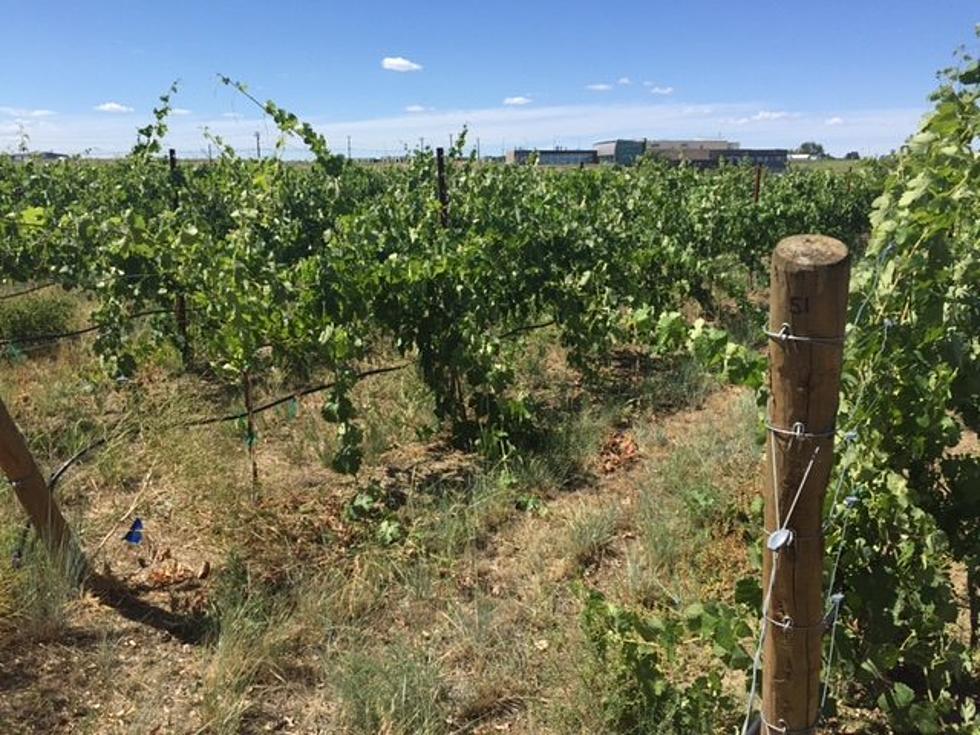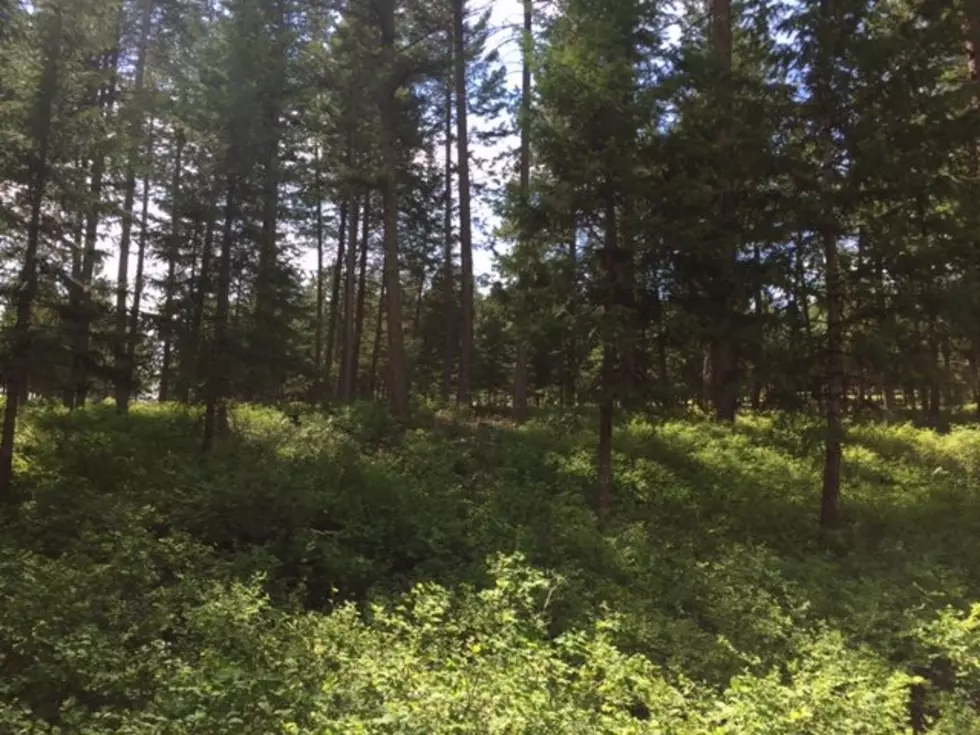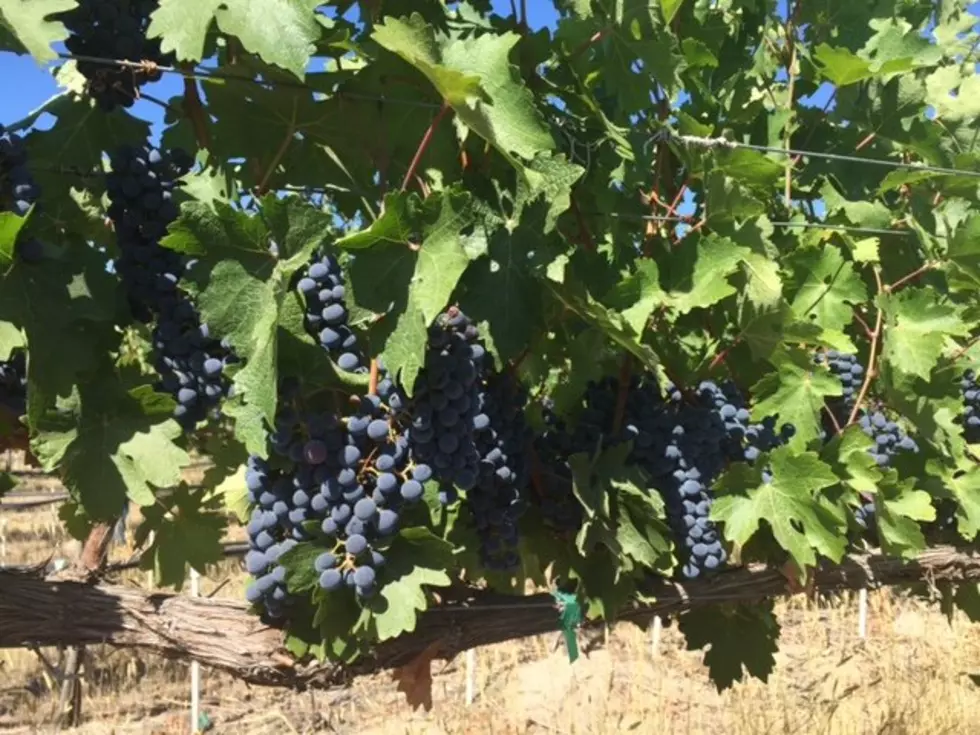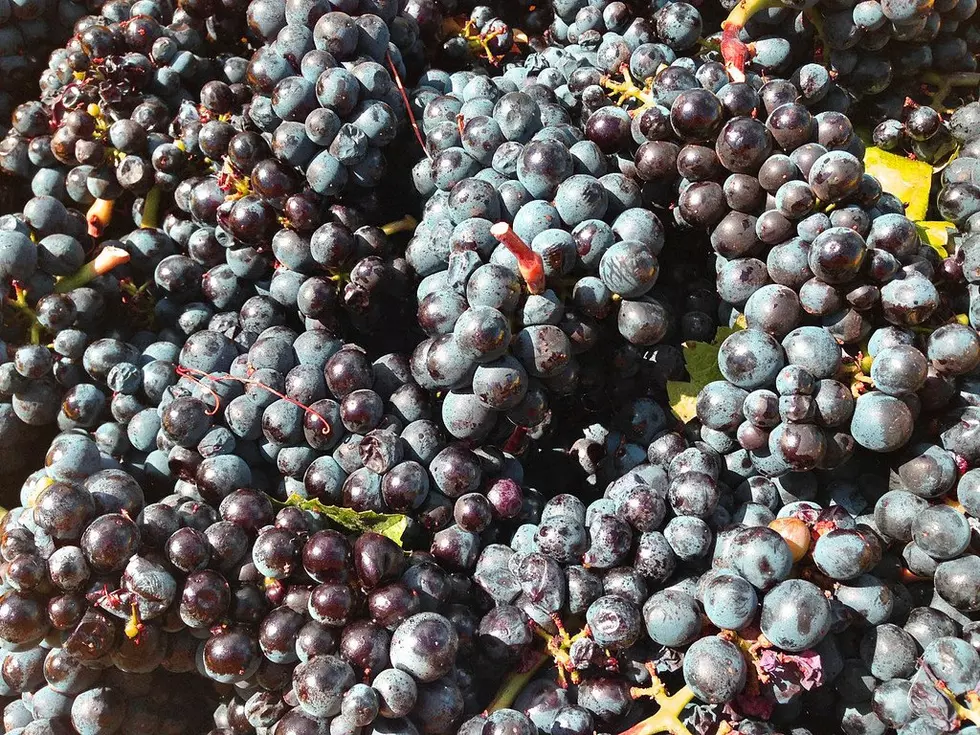
Is the Washington Wine Industry in Trouble?
Wine grape harvest is underway across Washington making it an ideal time to look for any issues that could be impacting the vineyard, like phylloxera.
An emerging problem for vineyards in eastern Washington, but could be present elsewhere, is phylloxera. The aphid like pest dines on the roots of wine grapes but American wine grapes are immune to the insect. So what is the problem? European and Eurasian wine grapes are not immune, and those are the varieties grown here.
When the wine industry was establishing in Washington, producers chose to grow European wine grapes because they could withstand the cold snaps on their own roots, as opposed to being grafted onto American roots to withstand phylloxera. Because there were no native wine grapes to the area, phylloxera were not here until it was potentially introduced by an outside vine, bringing the pest into the region. The problem has popped up now and again in the Washington wine history but been isolated and taken care of, until more recently.
Dr. Michelle Moyer, professor of viticulture with Washington State University, said they started to see issues in the Walla Walla area in 2019. After confirming the case of phylloxera, WSU and the industry started to realize the issue was more prevalent than they thought.
"They (phylloxera) are in small pockets across eastern Washington. They aren't rapidly expanding like they do in other regions of the world," Moyer explained. "But they show signs of being here for a while and has been slowly growing and developing in grape wine root systems."
What do I do if I have Phylloxera?
Dr. Moyer's first suggestion is do not panic. This does start the conversation of wine grape producers looking at transitioning to the use of root stocks. With that in mind, the biggest issues will be changing management practices and the adjustment for winter damage.
Because wine grapes are established crops, not annual, producers have time to weigh the options. Is the vineyard producing well enough to charge forward? Or will portions need to be torn out and replaced over time? What root stock will they use? Eventually, the areas where phylloxera are present will have to be replanted.
Stopping the Spread of Phylloxera
"If you move soil, you move phylloxera," Moyer stated. "That means if you are doing any kind of mechanical tilling, hilling, or vineyard floor management you have to be careful when using that machinery in a phylloxerated vineyard. That should be the last vineyard you use that equipment in so you aren't dragging that dirt to other locations and you're cleaning that machine after going through that phylloxerated vineyard."
There are some insecticides available but they don't stop the issue, they only slow down the spread. They are typically applied on the plant and should only be used until the ultimate decision and action to replant can be made.
Increased nitrogen and water supplementation can help the vines last a little longer but doesn't stop the plant from poor performance in future seasons. Then the economic decisions will need to be made to replace the infect plants.
Washington wine grape producers just need to stay vigilant about different issues impacting their vineyards and harvest time shows the true colors of the plot. WSU Extension has many resources to help support producers if they have questions, concerns, or need other help in their vineyards.
List: 2023’s 10 Best & Worst Washington State Cities to Drive in
Gallery Credit: Rik Mikals
More From PNW Ag Network









